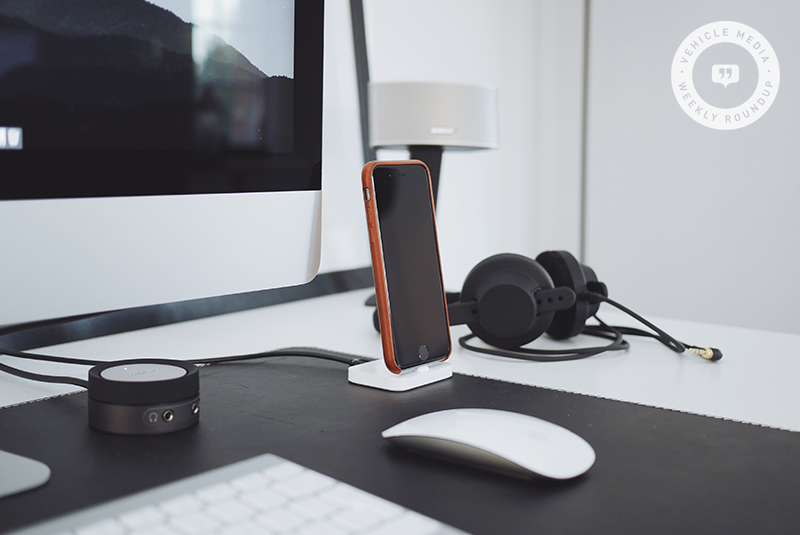VM Weekly Roundup #thisweekineverything
Welcome to our industry news roundup, where the rubber meets the roadmap.
Video & SEO
Why Video Should Be Part of Every SEO Campaign
Video ads are on the rise, but most businesses are still grappling with how and why to incorporate them. This case study roundup gives several examples of how brands used video content to clever, viral success this year, and you just might find something that can be adapted to your niche.
10 Second Tip: There are tons of reasons why businesses aren’t leaping into video, and we get it–having a video app on your smartphone doesn’t make you a director, and making video content that’s compelling takes time. But there are benefits to venturing into the wild beyond. YouTube is now the second biggest search engine in the planet, and having a company presence there boosts your SEO footprint for Google as well. Beyond that, Facebook has declared it will be prioritizing video content beginning in 2018.
Test Drive: Taking on video for your team can be daunting, but it doesn’t always have to be complicated. Bite-size product spec videos can work fantastically as ads or embedded media, as can how-to’s, tutorials, and PSAs related to your area of expertise. Anything you find easier to “show” to customers than “tell” makes a ripe prospect for video.
Minimalist Design
20 Examples of Ultra-Minimalist Websites
This round-up proves that minimalist design doesn’t have to be boring.
10 Second Tip: A recent study found that websites with clean, clear web design get lower bounce rates, adding up to more time spent on each page. Simple, intuitive design needs to be clear and free of clutter, with enough “white space” to keep text readable.
Test Drive: When in doubt, leave clutter out. Pure minimalism may not work for everyone (massive product sites like Amazon come to mind) but clean design with plentiful space should still be a goal for your website. This can be counterintuitive for some, but remember: it’s better to have your users click through a few times to find more information than it is to overload them with so much they bounce from the page.
Shoppable Media
Shoppable Media is Transforming How Consumers Find & Then Buy Products
This article on the rise of shoppable ads makes some good points about how the practice is changing the landscape of the traditional customer journey. When customers can immediately ‘click to buy’ on Pinterest or Facebook, bypassing all parts of your typical online customer journey for the product page and (hopefully) checkout, you’ve got to make your ad and product page as engaging and useful to this type of customer in an abbreviated space.
10 Second Tip: Adweek breaks down the difference between shoppers in the “active” stage of making a purchase, and those in the “passive” stage. In the “active” stage, users are actively looking to make a purchase when they view your ad; in the “passive” stage, they’re not yet thinking about buying. Consumers in the active stage are three times more likely to buy when they see an ad, but the passive stage is important for advertising as well: 70% of passive stage consumers in this study reported that seeing shoppable ads helped them become aware of or interested in a particular product.
Test Drive: Try tailoring your ads and product landing pages to both stir interest in passive stage consumers, and action from active ones. Two of the biggest takeaways from the consumer study: 1) ease of checkout, and 2) the ability for customers to easily return to browsing where they left off in an app before they saw your ad, are important aspects that keep them from shying away.

